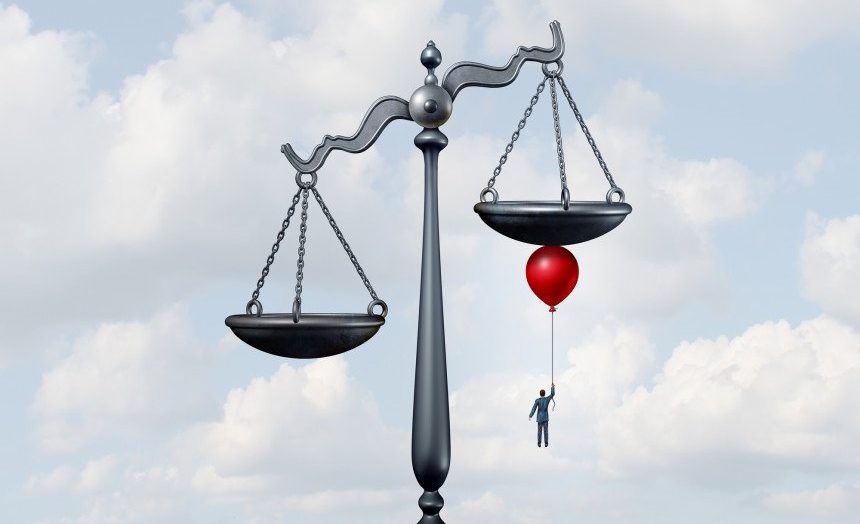Artificial Intelligence
AI Bias & Cultural Stereotypes: Effects, Limitations, & Mitigation

Artificial Intelligence (AI), particularly Generative AI, continues to exceed expectations with its ability to understand and mimic human cognition and intelligence. However, in many cases, the outcomes or predictions of AI systems can reflect various types of AI bias, such as cultural and racial.
Buzzfeed’s “Barbies of the World” blog (which is now deleted) clearly manifests these cultural biases and inaccuracies. These ‘barbies’ were created using Midjourney – a leading AI image generator, to find out what barbies would look like in every part of the world. We’ll talk more about this later on.
But this isn’t the first time AI has been “racist” or produced inaccurate results. For example, in 2022, Apple was sued over allegations that the Apple Watch’s blood oxygen sensor was biased against people of color. In another reported case, Twitter users found that Twitter’s automatic image-cropping AI favored the faces of white people over black individuals and women over men. These are critical challenges, and addressing them is significantly challenging.
In this article, we’ll look at what AI bias is, how it impacts our society, and briefly discuss how practitioners can mitigate it to address challenges like cultural stereotypes.
What is AI Bias?
AI bias occurs when AI models produce discriminatory results against certain demographics. Several types of biases can enter AI systems and produce incorrect results. Some of these AI biases are:
- Stereotypical Bias: Stereotypical bias refers to the phenomenon where the results of an AI model consist of stereotypes or perceived notions about a certain demographic.
- Racial Bias: Racial bias in AI happens when the outcome of an AI model is discriminatory and unfair to an individual or group based on their ethnicity or race.
- Cultural Bias: Cultural bias comes into play when the results of an AI model favor a certain culture over another.
Apart from biases, other issues can also hinder the results of an AI system, such as:
- Inaccuracies: Inaccuracies occur when the results produced by an AI model are incorrect due to inconsistent training data.
- Hallucinations: Hallucinations occur when AI models produce fictional and false results that are not based on factual data.
The Impact of AI Bias on Society
The impact of AI bias on society can be detrimental. Biased AI systems can produce inaccurate results that amplify the prejudice already existing in society. These results can increase discrimination and rights violations, affect hiring processes, and reduce trust in AI technology.
Also, biased AI results often lead to inaccurate predictions that can have severe consequences for innocent individuals. For example, in August 2020, Robert McDaniel became the target of a criminal act due to the Chicago Police Department’s predictive policing algorithm labeling him as a “person of interest.”
Similarly, biased healthcare AI systems can have acute patient outcomes. In 2019, Science discovered that a widely used US medical algorithm was racially biased against people of color, which led to black patients getting less high-risk care management.
Barbies of the World
In July 2023, Buzzfeed published a blog comprising 194 AI-generated barbies from all over the world. The post went viral on Twitter. Although Buzzfeed wrote a disclaimer statement, it didn’t stop the netizens from pointing out the racial and cultural inaccuracies. For instance, the AI-generated image of German Barbie was wearing the uniform of a SS Nazi general.

Similarly, the AI-generated image of a South Sudan Barbie was shown holding a gun at her side, reflecting the deeply rooted bias in AI algorithms.

Apart from this, several other images showed cultural inaccuracies, such as the Qatar Barbie wearing a Ghutra, a traditional headdress worn by Arab men.

This blog post received a massive backlash for cultural stereotyping and bias. The London Interdisciplinary School (LIS) called this representational harm that must be kept in check by imposing quality standards and establishing AI oversight bodies.
Limitations of AI Models
AI has the potential to revolutionize many industries. But, if scenarios like the ones mentioned above proliferate, it can lead to a drop in general AI adoption, resulting in missed opportunities. Such cases typically occur due to significant limitations in AI systems, such as:
- Lack of Creativity: Since AI can only make decisions based on the given training data, it lacks the creativity to think outside the box, which hinders creative problem-solving.
- Lack of Contextual Understanding: AI systems face difficulty understanding contextual nuances or language expressions of a region, which often leads to errors in results.
- Training Bias: AI relies on historical data that can contain all sorts of discriminatory samples. During training, the model can easily learn discriminatory patterns to produce unfair and biased outcomes.
How to Reduce Bias in AI Models
Experts estimate that by 2026, 90% of the online content could be synthetically generated. Hence, it is vital to rapidly minimize issues present in Generative AI technologies.
Several key strategies can be implemented to reduce bias in AI models. Some of these are:
- Ensure Data Quality: Ingesting complete, accurate, and clean data into an AI model can help reduce bias and produce more accurate results.
- Diverse Datasets: Introducing diverse datasets into an AI system can help mitigate bias as the AI system becomes more inclusive over time.
- Feedback Loops: With a constant feedback and learning loop, AI models can gradually improve their outcomes
- Increased Regulations: Global AI regulations are crucial for maintaining the quality of AI systems across borders. Hence, international organizations must work together to ensure AI standardization.
- Increased Adoption of Responsible AI: Responsible AI strategies contribute positively toward mitigating AI bias, cultivating fairness and accuracy in AI systems, and ensuring they serve a diverse user base while striving for ongoing improvement.
By incorporating diverse datasets, ethical responsibility, and open communication mediums, we can ensure that AI is a source of positive change worldwide.
If you want to learn more about bias and the role of Artificial Intelligence in our society, read the following blogs.
- How Cities Are Deploying Leading Technologies Leveraging Unbiased AI Algorithms
- AI Can Combat Misinformation and Bias in News
- Bias and Fairness of AI-Based Systems Within Financial Crime
- An AI-Driven Bias Checker for News Articles, Available in Python














